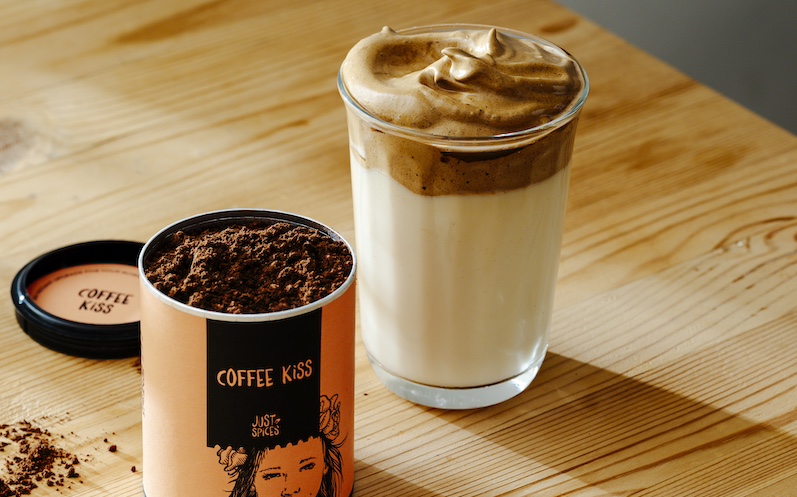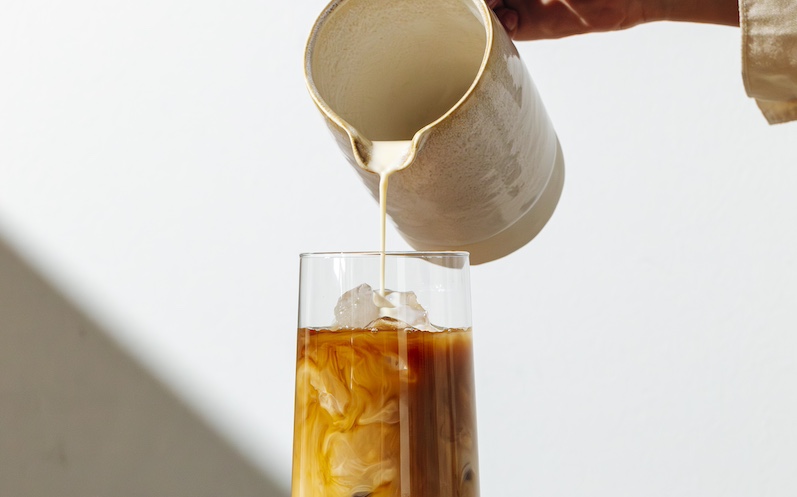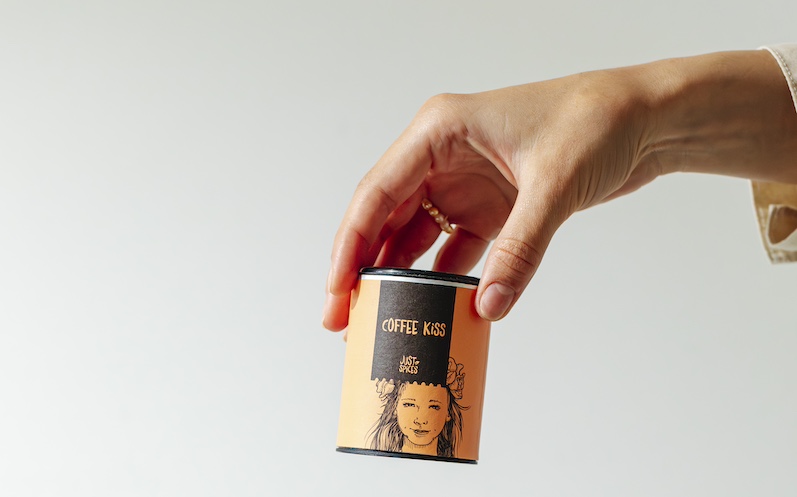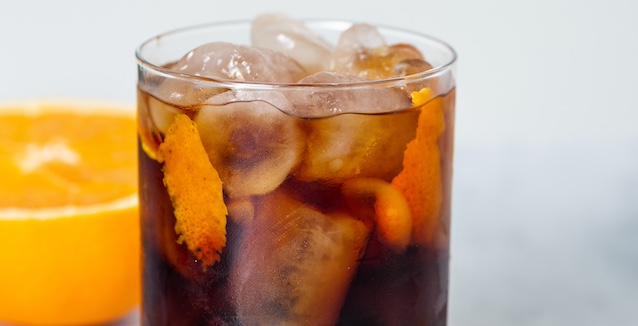
Trends
Coffee specialities at a glance
May 02, 2024
Coffee is much more than just a drink; it’s a passion, a tradition and a pleasure that suits any time of day and any occasion. In this article, we explore the world of speciality coffees and show you how you can create your own coffee creations using different flavours and preparation methods. Whether you’re an experienced barista or a curious coffee lover, you’ll find tips, tricks and creative ideas to take your coffee experience to the next level.
Overview of speciality coffees
Who doesn’t love coffee? From the sunny cafes of Italy to the bustling streets of New York, coffee is loved and enjoyed in various forms and preparations all over the world. The variety of speciality coffees reflects the tastes of people everywhere. But what speciality coffees are there?
✔ Espresso:
Let’s start with the classic – espresso! This concentrated form of coffee is made by forcing hot water under high pressure through finely ground coffee beans. The resulting shot is rich, strong and perfect for those who need a quick energy boost.
✔ Cappuccino:
The cappuccino is a smooth and creamy variation created by blending espresso with hot milk and a touch of milk foam. The layers of espresso, milk and foam make every sip an unforgettable experience.
✔ Cafe latte:
For those who prefer something lighter, there’s the latte. This blend of espresso and hot milk offers a smooth flavour and creamy consistency, perfect for a lazy afternoon.
✔ Flat white:
The flat white consists of strong espresso and velvety milk. Unlike the cappuccino, it is characterised by a finer texture, which subtly brings out the flavours of the espresso.
But the variation in coffee specialities doesn’t stop there. Macchiato, mocha, Americano or filter coffee – the list goes on. Each creation has its own story and charm, and it’s worth discovering them all!
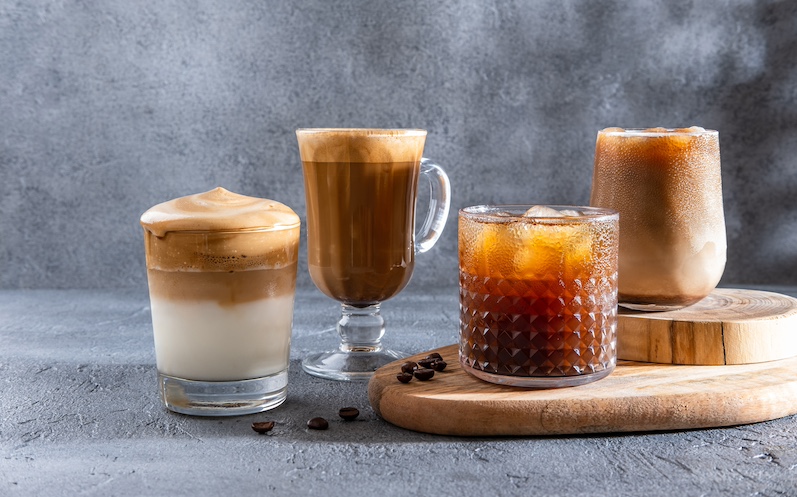

Roast your own coffee
The art of roasting coffee is a centuries-old tradition that combines craftsmanship and science. It’s not just about browning the beans but also about developing their unique aromas and flavour profiles. Roasting therefore influences not only the colour and texture of the beans but also their taste and complexity.
✔ Drum roasting:
Drum roasting is known for its even roasting and precise temperature control, resulting in a balanced flavour. However, it often requires longer roasting times and higher production costs, as it demands experience and expertise.
✔ Hot-air roasting:
Hot-air roasting offers a faster roasting time and more efficient use of energy. Despite the even roasting, the use of hot air can affect the flavour and make it difficult to control the degree of roast.
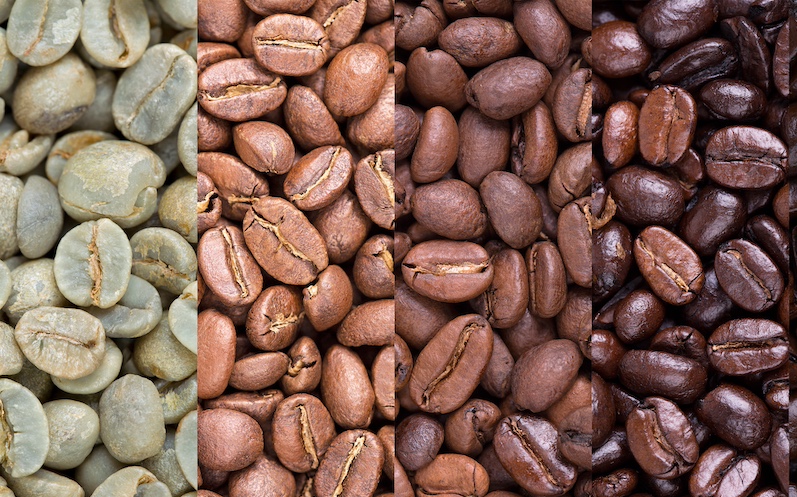

If you want to customise your coffee right from the start, you need to begin with the bean. Roasting at home allows you to explore the world of coffee and develop your own unique flavour. With a little practice and experimentation, you too can become a master roaster and create your own personalised coffee. You will need some basic equipment and materials in advance:
✔ Coffee roaster:
You can either buy a special coffee roaster or improvise by using a pan or a popcorn machine.
✔ Coffee beans:
Buy high-quality green, unroasted coffee beans. These are available in specialist shops or online and offer a variety of coffees from different regions and with different flavour profiles.
✔ Scales:
A precise scale is important to measure the right amount of coffee beans. This ensures even roasting to achieve the desired flavour.
✔ Ventilation:
Ensure that you have sufficient ventilation in your roasting area. The roasting process produces smoke and vapours that you shouldn’t inhale.
✔ Sieve or cooling tray:
After roasting, the coffee beans need to be cooled quickly to avoid over-roasting. A sieve or shallow cooling tray is therefore useful for cooling the hot beans quickly.
✔ Storage:
Once the beans have cooled, they must be stored in an airtight container to preserve their flavour. A glass or ceramic container with a tight lid is ideal.
✔ Patience and a willingness to experiment:
Know that roasting coffee beans at home requires patience and a willingness to experiment. It may take a few tries before you find the perfect roast level for your taste. Be prepared to adjust different variables such as roasting time, temperature and bean type during the process to achieve the desired result.
Best spice blends for coffee
..
Is coffee healthy?
The debate about the health effects of coffee is as old as the bean itself. While many studies highlight the health benefits of coffee consumption, others warn of possible risks. As is often the case, the truth probably lies somewhere in the middle.
On the positive side, coffee has been linked to a variety of health benefits, including a reduced risk of certain cancers, cardiovascular disease and neurological conditions such as Parkinson’s and Alzheimer’s disease. In addition, coffee can improve cognitive function, boost mood and even enhance athletic performance.
On the other hand, excessive coffee consumption can lead to sleep disorders, stomach problems and increased blood pressure. Moreover, pregnant women and people with certain health conditions may need to limit their coffee consumption or avoid it altogether.
Ultimately, the dose makes the poison, meaning that, in moderation, coffee can be part of a healthy lifestyle. However, listen to your body’s signals to adjust your coffee consumption accordingly.
.
How much caffeine does coffee have?
Caffeine is one of the main reasons why so many people enjoy coffee, but how much caffeine is actually in a cup? To find out, let’s take a look at the caffeine content of different speciality coffees and how it affects our bodies.
Typically, a cup of filter coffee contains around 95 milligrams of caffeine, while an espresso contains around 63 milligrams. Darker roasts tend to contain less caffeine than lighter roasts because the roasting process breaks down some of the caffeine.
Moreover, the effect of caffeine can vary from person to person. Some people are more sensitive to caffeine than others and can experience negative side effects such as nervousness, insomnia and heart palpitations.
If you can’t tolerate caffeine, or, like us, tend to consume too many cups of coffee a day, then decaffeinated coffee might be a good solution for you!
Coffee recipes
Now that we’ve learned all about coffee, it’s time to discover some creative coffee recipes. From refreshing iced coffees to tempting coffee cocktails – the world of coffee is colourful! You can find a wide variety of recipes in our recipe world:
Dalgona coffee
Dalgona coffee, also known as whipped coffee, is a viral trend that has taken the world by storm. This simple drink consists of an airy, whipped layer of instant coffee served over cold milk.
Pumpkin spice frappuccino
The pumpkin spice frappuccino is an autumnal classic. With its taste of pumpkin and spicy aromas, this iced treat is perfect for the autumn season.
Iced coffee
Iced coffee is the perfect cool-down for coffee lovers. This ice-cold drink is made by adding ice cubes to freshly brewed coffee and can be levelled up with milk, syrup or flavourings as desired. Ideal for hot days!
Cold-brew tonic coffee
The cold-brew tonic coffee provides a refreshing alternative. This invigorating drink combines cold coffee with sparkling tonic water and a slice of lemon for a refreshing treat.
Espresso gin
For those who prefer something stronger, there’s the espresso gin. This cocktail combines espresso, gin, coffee liqueur and sugar syrup to create a drink that is perfect for special occasions.
Tip: If you want to add a little variety to the classic coffee flavour, try our coffee spice — the Coffee Kiss!




